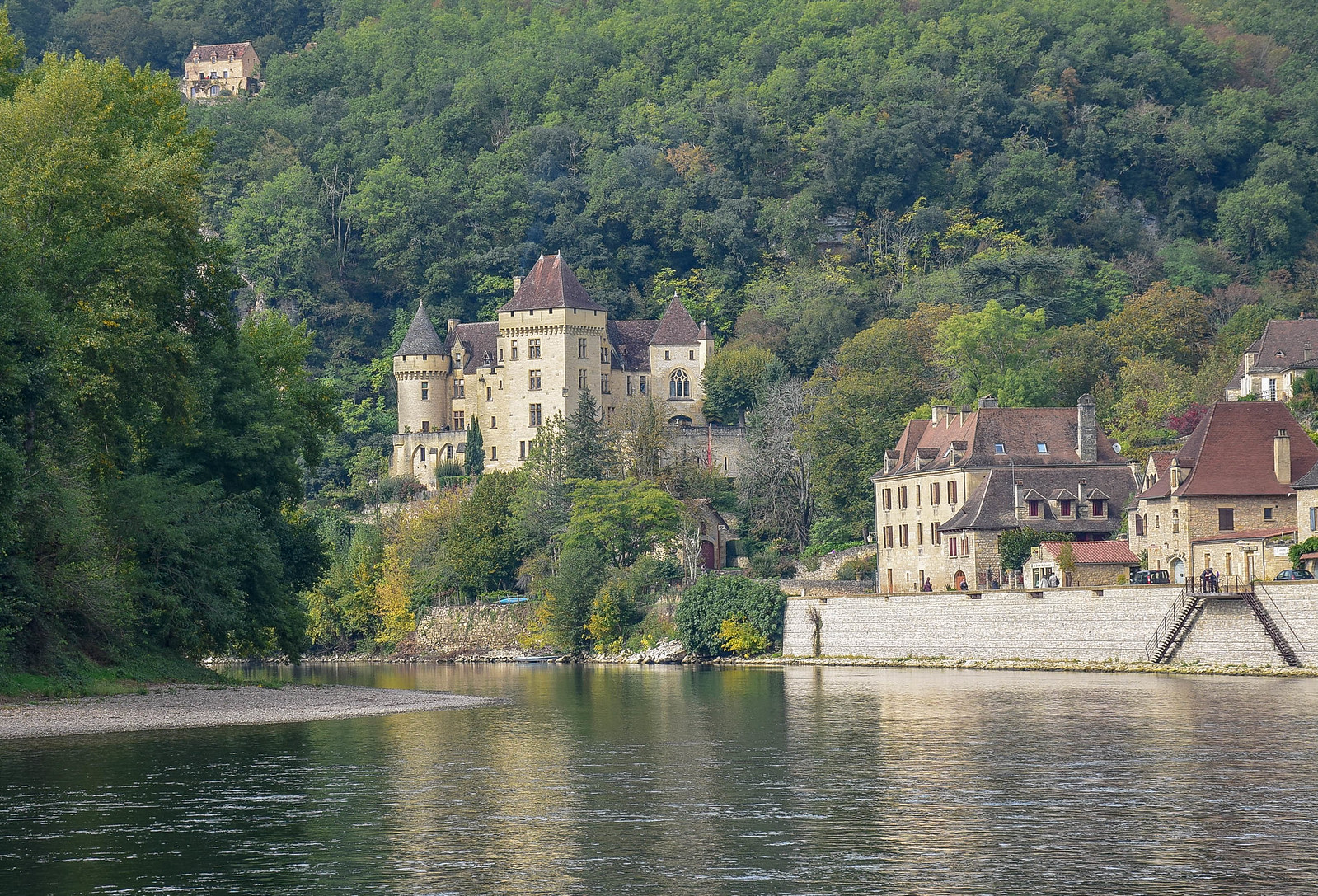

Update 10 August, 2022: Forest fires have broken out in the Dordogne in recent days, but swift action by the pompiers has seen them brought under control. With little rain over the past few weeks, little forecast in the near future, and with temperatures hovering around 40C, the woods and forests of the Dordogne are very dry.Ī small forest fire broke out in the north of the département near Brantôme on 16 July, 2022, whilst two large fires in the neighbouring Gironde has seen 14,000 people evacuated from campsites and properties. Today this site includes interactive exhibits and holographic projections portraying the time when first humans roamed this forested valley.THE Dordogne préfecture has placed the département under a 'risque sévère' warning for forest fires, asking people to take real care in the woods of the region. Two river bends further downstream is the ancient habitat of Laugerie-Basse and soon after this is the Abri Cro-Magnon site, where prehistoric remains were discovered when a railway line was being laid in 1868. It was here in 1864 that an engraving of a mammoth was found, revealing the first conclusive evidence that early humans once lived at the same time as this hefty mammal. Downstream is Abri de la Madeleine, a cliff with images carved by hunter gatherers some 20,000 years ago.

In January, news emerged from New York University that art from here -showing ancient cattle -is likely 38,000 years old. Along the Vézère River valley is Abri Blanchard (excavated in the early 1900's).

Between Montignac and Les Eyzies-de-Tayac, where the waterway snakes, there are more than a dozen caves of interest -a reason why the valley was conferred UNESCO World Heritage status almost 40 years ago. The Vézère River valley is particularly rich with this heritage of ancient dwellings and cave art. This modern site is set on 16-acres and includes mesmerizing replicas of paintings and engravings.īeside Lascaux, there are multiple other pre-historic sites. A map in the Museum of Périgord Art and Archaeology in the city of Périgueux identifies clusters of prehistoric dwellings located within an approximate triangle bounded by the Dordogne cities of Nontron to the north, Sarlat to the east and Bergerac to the west (with Périgueux in the center). The real cave was closed in 1963 to protect these images from further deterioration, which had been exacerbated by excessive visits and poor management (including a somewhat crude installation of air conditioning).

The mother lode of prehistoric art is the relatively recently opened $62 million Lascaux International Center for Cave Art, including a duplication of cave walls covered with paintings from perhaps 20,000 years ago. The Cro-Magnon legacy of carvings and paintings exists in dozens of rock shelters and caves. The estimated date of their arrival is frequently revised based on fresh discoveries and analyses. The earliest modern humans arrived in Europe about 40,000 years ago and these Cro-Magnon later settled in the Dordogne river valleys -the first traces of homo sapiens to arrive in this part of what is now France. This happy confluence of fresh water, natural shelter, decent temperature, fresh fish and woodlands for hunting wild food provided an ideal settling ground for pre-historic (pre-literate) humans. Many of these valleys are riddled with limestone cliffs and caves. The Dordogne (which is the name of a geographical region as well as a river) is sliced east to west, as well as northeast to southwest, by parallel river valleys-the Dronne, Auvézère, Vézère, Dordogne and Dropt.


 0 kommentar(er)
0 kommentar(er)
